
I had no clue about this
Rice is a dietary staple for over half of the world’s population, valued for its versatility, affordability, and ability to pair beautifully with a wide range of dishes—from savory curries to sweet puddings. Yet, despite its popularity, many people remain unaware of the potential health risks that can arise from storing cooked rice incorrectly. What seems like a harmless act—placing leftover rice in the fridge—can, if done improperly, lead to serious foodborne illnesses.
Understanding the science of rice spoilage and adopting the right storage practices can help you enjoy your meals safely while minimizing waste. This guide explores eleven crucial aspects of cooked rice storage, highlighting the common mistakes people make and offering expert-backed solutions to keep your rice fresh, flavorful, and safe to eat.
1. The Science Behind Cooked Rice Spoilage
Cooked rice has a high moisture content, which makes it a perfect breeding ground for bacteria. While cooking rice destroys most microorganisms, certain bacterial spores—particularly those from Bacillus cereus—can survive high temperatures. When cooked rice is left out at room temperature, these spores can germinate, multiply rapidly, and produce toxins that are resistant to reheating.
Moreover, once rice is cooked, its pH level becomes more neutral, creating an environment that encourages bacterial growth. Understanding this process underscores why handling and storing cooked rice properly is essential for preventing foodborne illnesses.
2. Why Room Temperature is a Danger Zone
Leaving cooked rice at room temperature for too long is one of the most common and hazardous mistakes. The “danger zone” for bacterial growth lies between 40°F (4°C) and 140°F (60°C), where bacteria can double in number every 20 minutes. If rice remains in this temperature range for more than two hours (or just one hour if the room is particularly warm), it can quickly become unsafe to eat.
To prevent this, cool rice rapidly and transfer it to the refrigerator as soon as possible. Doing so minimizes the time rice spends in the danger zone, drastically reducing the risk of contamination.
3. The Role of Bacillus Cereus and Why It Matters
Bacillus cereus is a naturally occurring bacterium found in soil, vegetation, and various foods, including grains like rice. Its spores can survive the cooking process and, under favorable conditions, release toxins that cause food poisoning. Symptoms—including nausea, vomiting, abdominal cramps, and diarrhea—can develop within 6 to 15 hours after eating contaminated rice.
To reduce this risk, always refrigerate cooked rice promptly and reheat it thoroughly before serving. Remember: toxins produced by Bacillus cereus are heat-resistant, so prevention is far safer than trying to “cook away” the danger.
4. How Quickly Should You Refrigerate Cooked Rice?
Timing is everything. As a general rule, refrigerate cooked rice within two hours of cooking. In particularly warm conditions (above 90°F or 32°C), the safe window drops to just one hour. Allowing rice to cool quickly is key—spread it in a thin layer on a baking sheet or divide it into small containers before refrigerating. This ensures even cooling and prevents condensation, which can promote bacterial growth.
5. The Ideal Temperature for Storage
For optimal preservation, keep cooked rice at temperatures below 40°F (4°C). Store it in airtight, food-safe containers to protect it from moisture loss and to prevent it from absorbing odors from other foods in the fridge. Place the containers toward the back or bottom shelf—areas that maintain the most consistent cold temperature.
If you have a thermometer, periodically check that your refrigerator maintains the correct range to ensure all stored food remains safe.
6. How Long Can Rice Safely Stay in the Fridge?
Cooked rice should ideally be consumed within four to six days. After this period, the risk of spoilage and bacterial growth increases significantly. Always label your containers with the date they were stored to track freshness. If you know you won’t finish the rice within a few days, freezing is your best option—frozen rice can last up to six months without losing quality. When you’re ready to use it, reheat it straight from the freezer.
7. Warning Signs That Rice Has Gone Bad
Spoiled rice often reveals itself through several clear signs:
-
A sour, musty, or off-putting odor
-
Discoloration (such as yellow or gray patches)
-
A slimy or overly dry texture
-
The presence of mold
When in doubt, throw it out. Eating spoiled rice can cause severe gastrointestinal distress, so trust your senses and avoid taking unnecessary risks.
8. The Best and Safest Ways to Reheat Rice
Reheating rice correctly is crucial for safety and taste. The most effective method is to sprinkle a small amount of water over the rice, cover it with a microwave-safe lid or damp paper towel, and heat it thoroughly. This helps restore its moisture while ensuring even heating.
You can also reheat rice on the stovetop by adding a splash of water or broth and stirring frequently over medium heat. Regardless of the method, the rice should reach an internal temperature of 165°F (74°C) before serving.
9. Viral Storage Hacks—Do They Really Work?
Social media is full of creative “rice hacks”—from placing ice cubes on top before microwaving to using vacuum-sealed bags for longer freshness. While some of these tricks may improve texture or convenience, they don’t replace basic food safety rules. Always prioritize temperature control and cleanliness over viral trends. Safe practices will always outperform shortcuts when it comes to preventing foodborne illness.
10. Common Mistakes You Should Avoid
Even experienced cooks can make storage errors. The most frequent include:
-
Leaving rice at room temperature too long
-
Storing it in unsealed containers
-
Reheating it multiple times
Each reheating cycle gives bacteria another chance to grow. To stay safe, reheat only the portion you plan to eat and avoid keeping leftovers that have been reheated more than once.
11. Expert Tips for Long-Term and Safe Rice Storage
Food safety experts recommend cooling rice quickly, dividing it into smaller containers, and sealing it tightly before refrigeration. For long-term convenience, freeze individual portions using airtight bags or containers. When reheating frozen rice, make sure it reaches the same safe temperature of 165°F (74°C).
For an extra touch of flavor, add a few drops of oil or a splash of broth when reheating to revive its texture and aroma. By adopting these expert-approved habits, you can enjoy your favorite rice dishes confidently, knowing they’re both delicious and safe.
Final Thoughts
Rice may be simple, but its safety isn’t something to take lightly. With proper cooling, storage, and reheating methods, you can significantly reduce the risk of foodborne illness while keeping your meals nutritious and satisfying. Treat your leftovers with care—they deserve it as much as the freshly cooked dish.
News in the same category


Stick a Toothpick into Your Electric Kettle: Amazing Benefits Every Home Needs, Save Hundreds Each Year

Never Clean Your Light Switches with Water: Here’s a Safe Trick to Make Them Shine Like New

Why You Shouldn’t Pluck Your Nose Hairs

Here's how to open a can in an emergency (this is so simple!)

Does anyone have any idea what this is used for? Seems like a waste

I had no clue about this

10 genius tricks to revive your garden patio
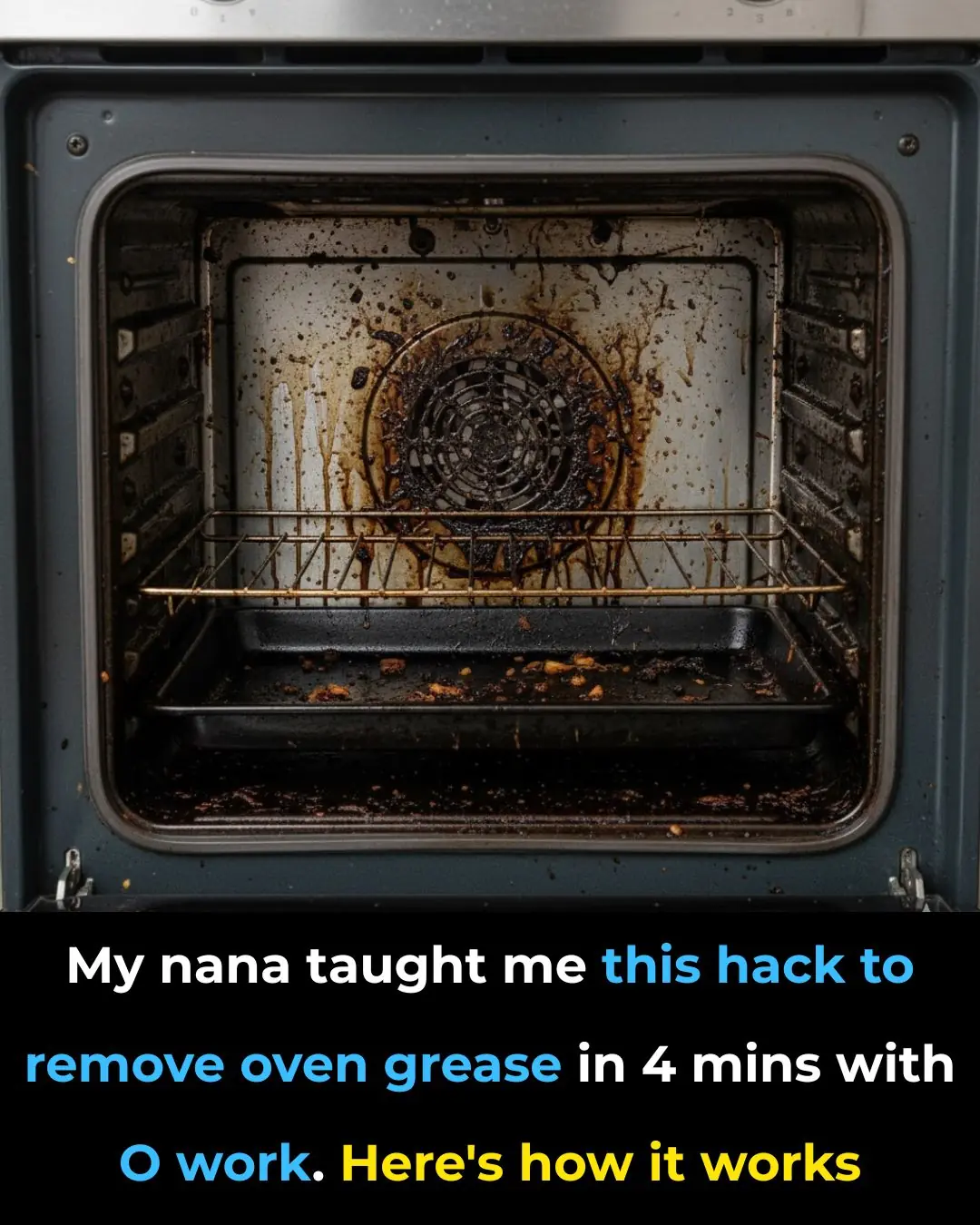
My nana taught me this hack to remove oven grease in 4 mins with 0 work. Here’s how it works

Put ice cubes in bone broth: You will get 4 great benefits

5 Easy Ways to Test Honey at Home

I had no clue about this!

I had no idea

I had no idea

I had no clue about this!
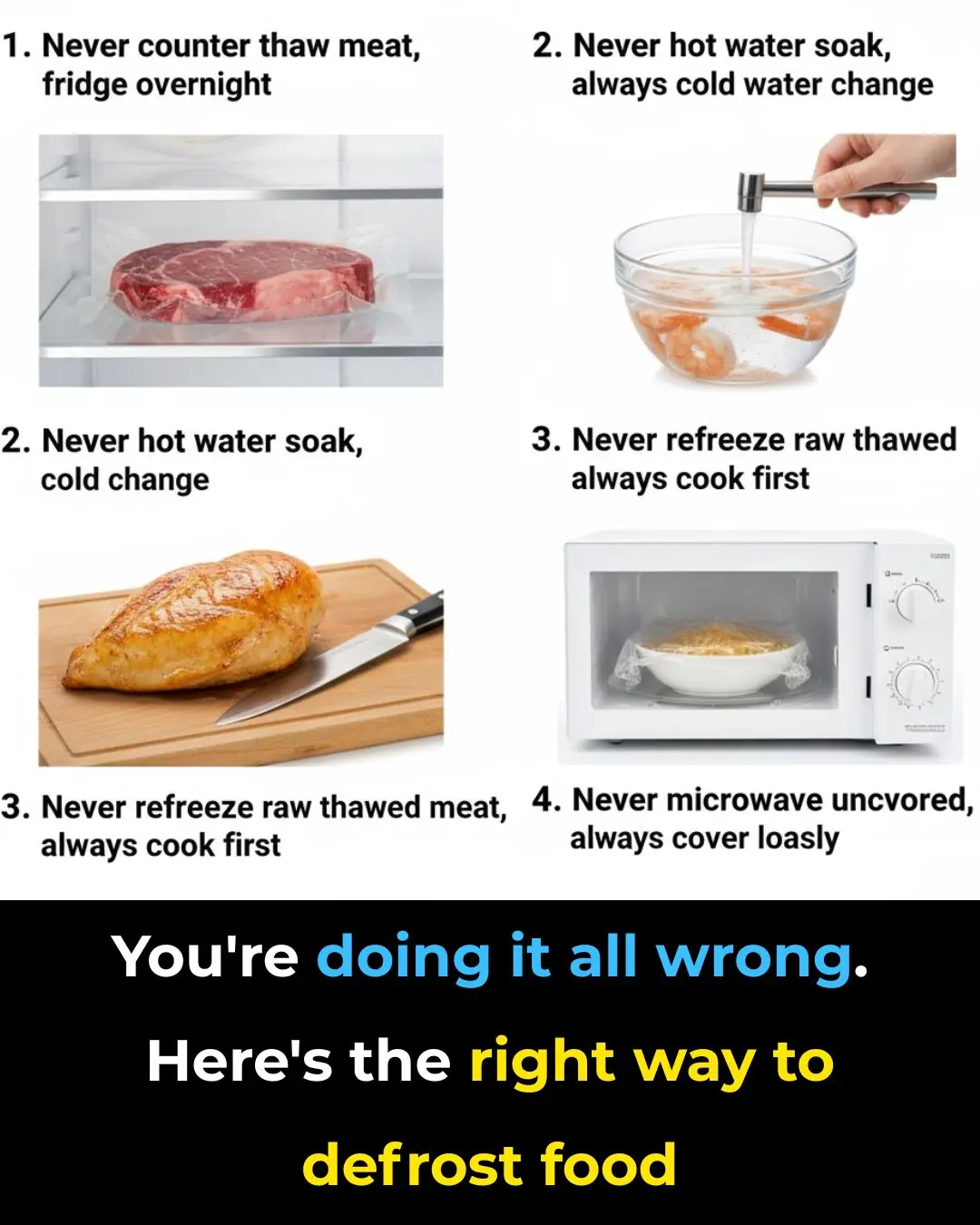
You’re doing it all wrong. Here’s the right way to defrost food
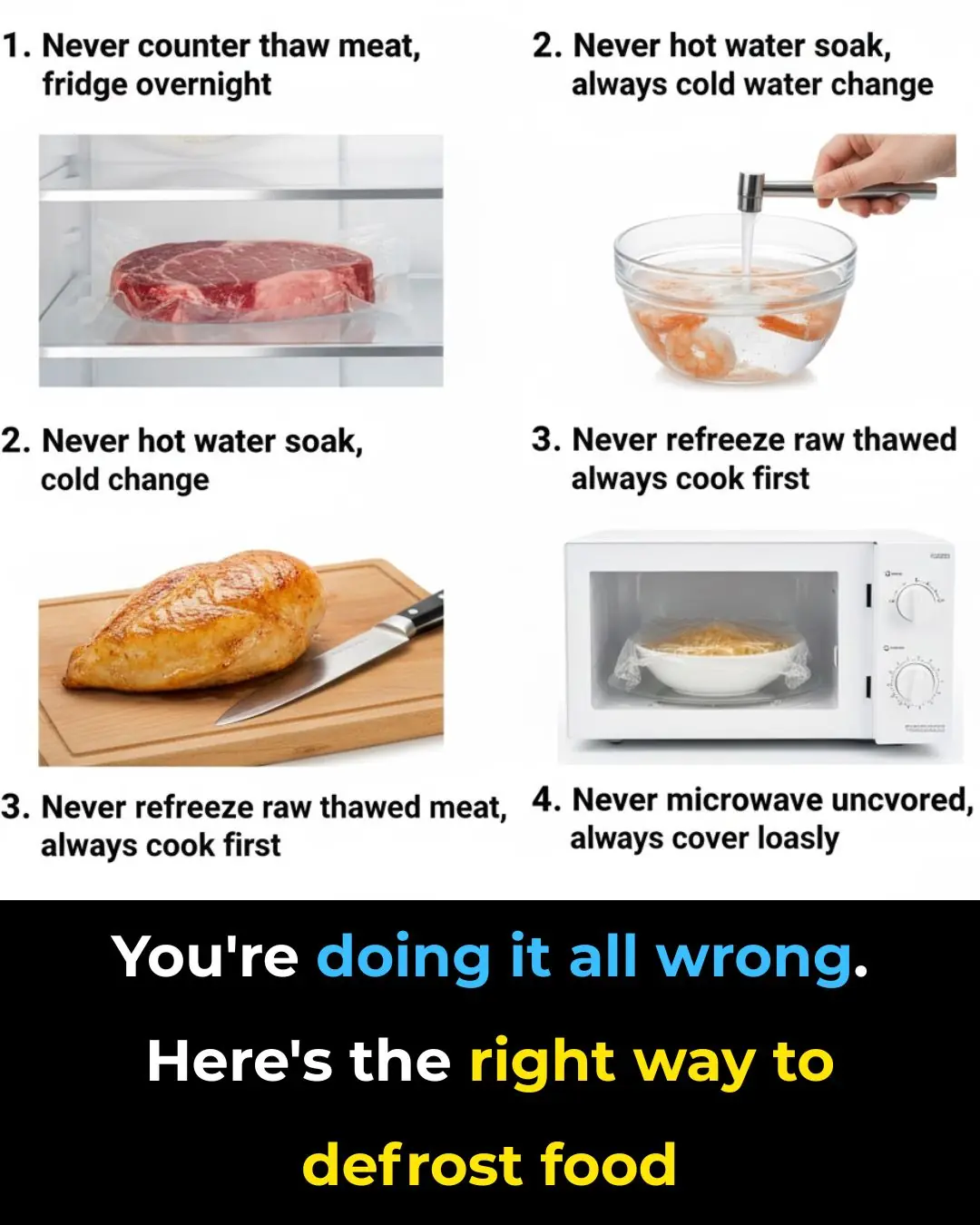
I had no clue about this!

Never Clean Your Light Switch with Water: Here’s a Trick to Make It Spotless
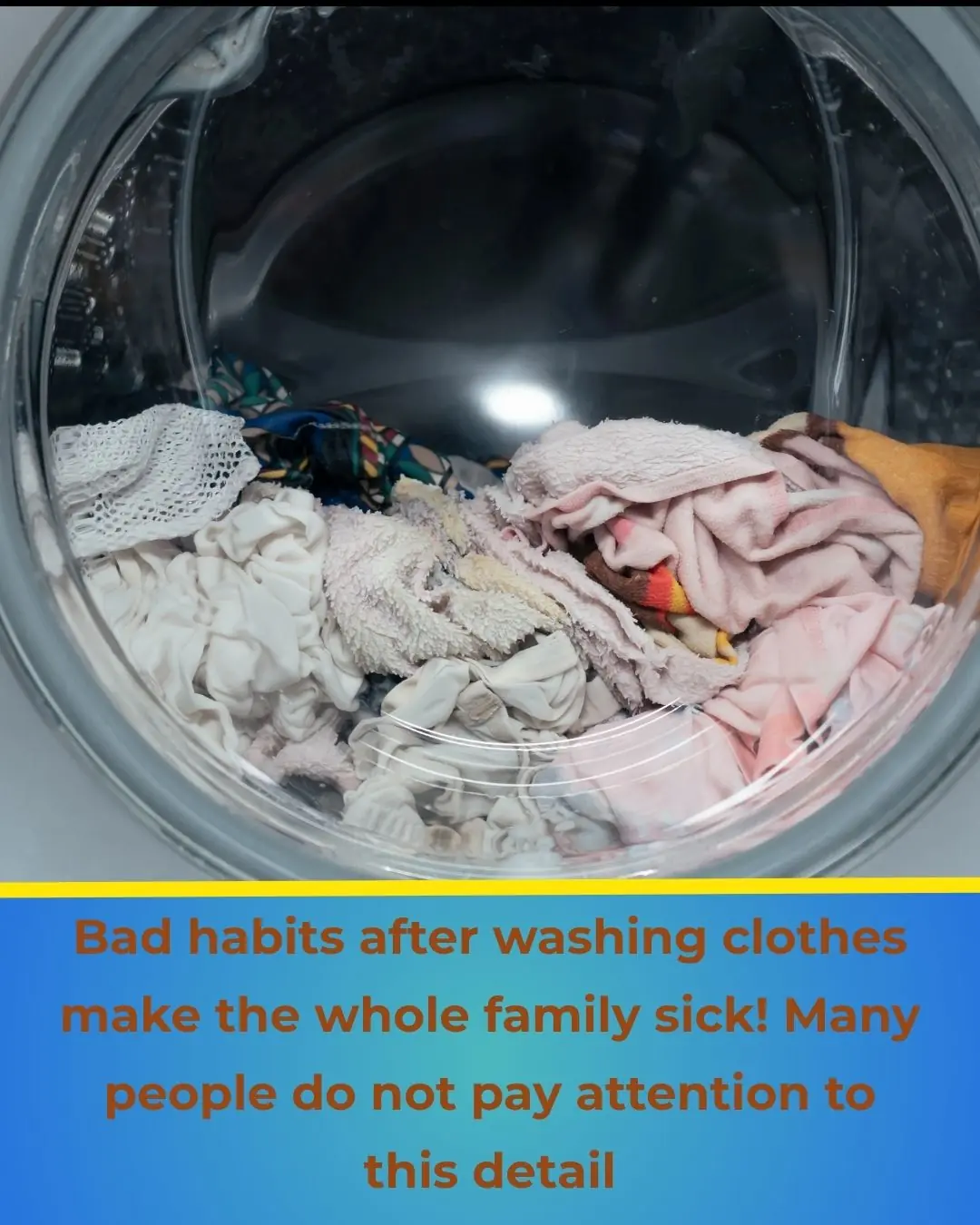
Bad Habits After Doing Laundry That Can Make Your Whole Family Sick! Many People Overlook This Detail
News Post

Face Toner With Cloves & Rose Water: No Wrinkles, No Age Spots
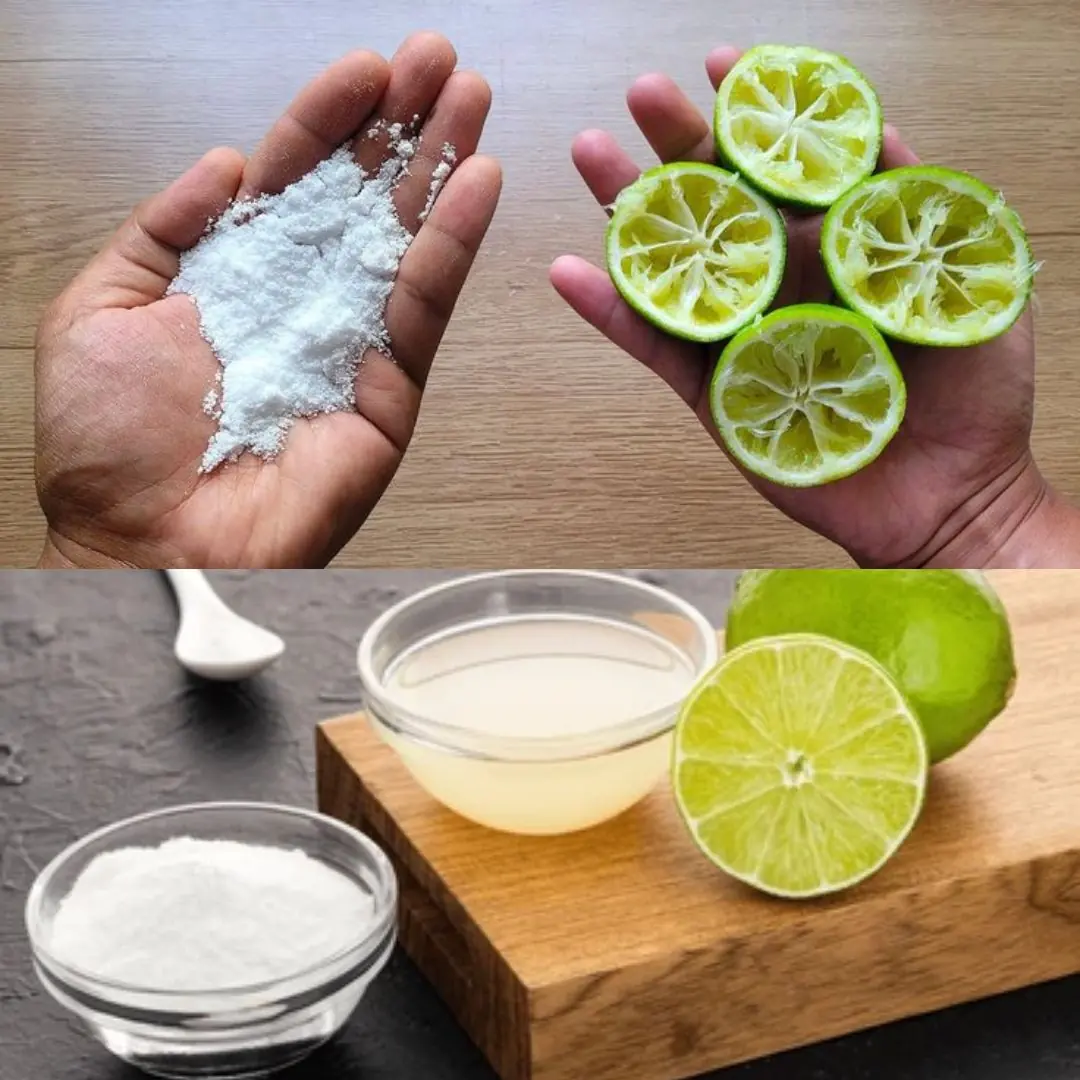
Homemade Lemon Peel Cleaners: Two Powerful Recipes for a Spotless Home

Sweetgum’s Hidden Powers: 7 Surprising Health Benefits You Need to Know

Nourish & Revitalize: How Guava Leaf, Aidan Fruit, and Okra Support Women’s Health

Stick a Toothpick into Your Electric Kettle: Amazing Benefits Every Home Needs, Save Hundreds Each Year
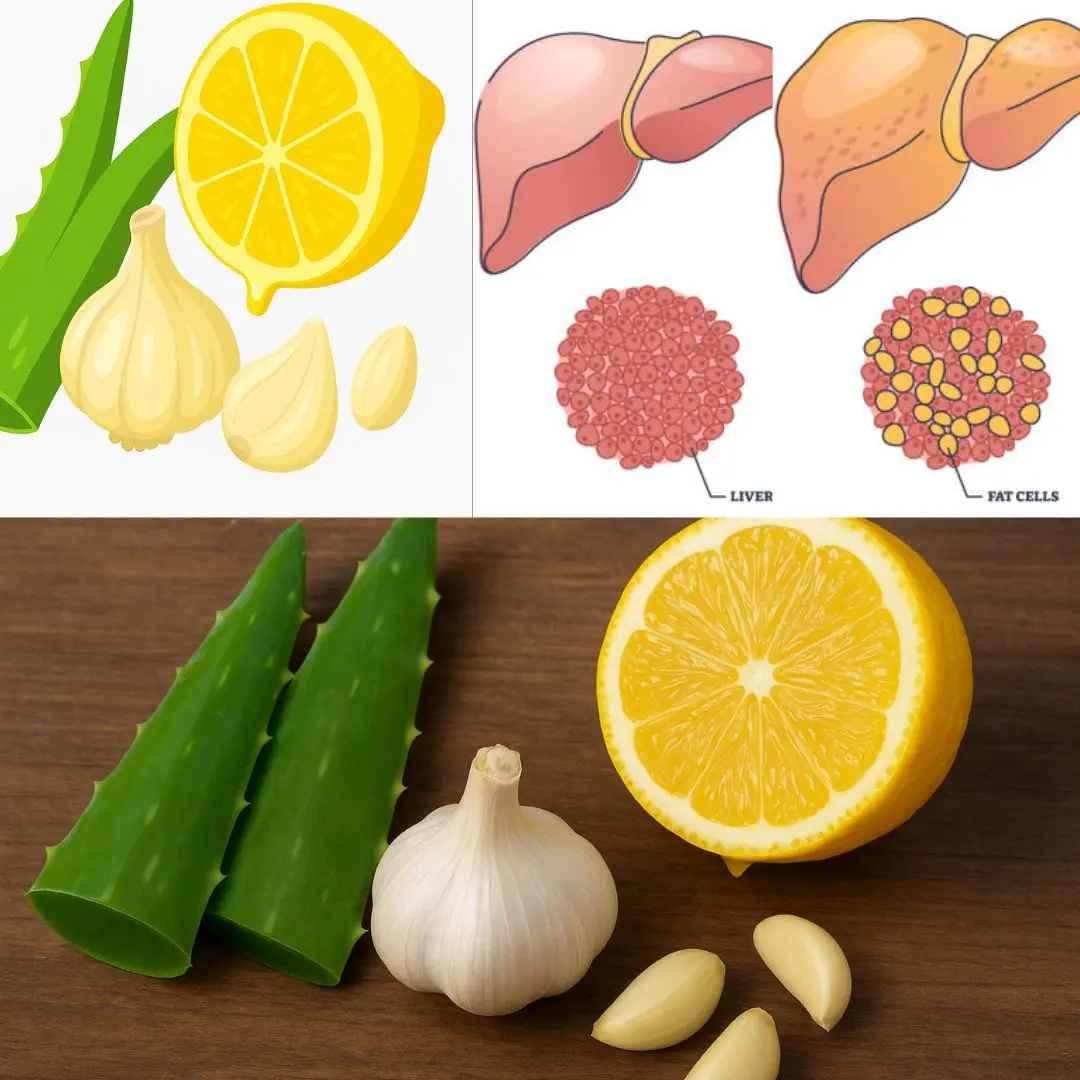
Aloe Vera Super Remedy: Stronger Than Garlic, Lemon, and Fights Bacteria & Fungi Naturally

Never Clean Your Light Switches with Water: Here’s a Safe Trick to Make Them Shine Like New

1 herb being called a miracle for liver, blood sugar, and blood pressure

Mix castor oil and rosemary — the 7-day results will surprise you

Top 5 Nutrients to Reduce Swelling in Feet and Legs
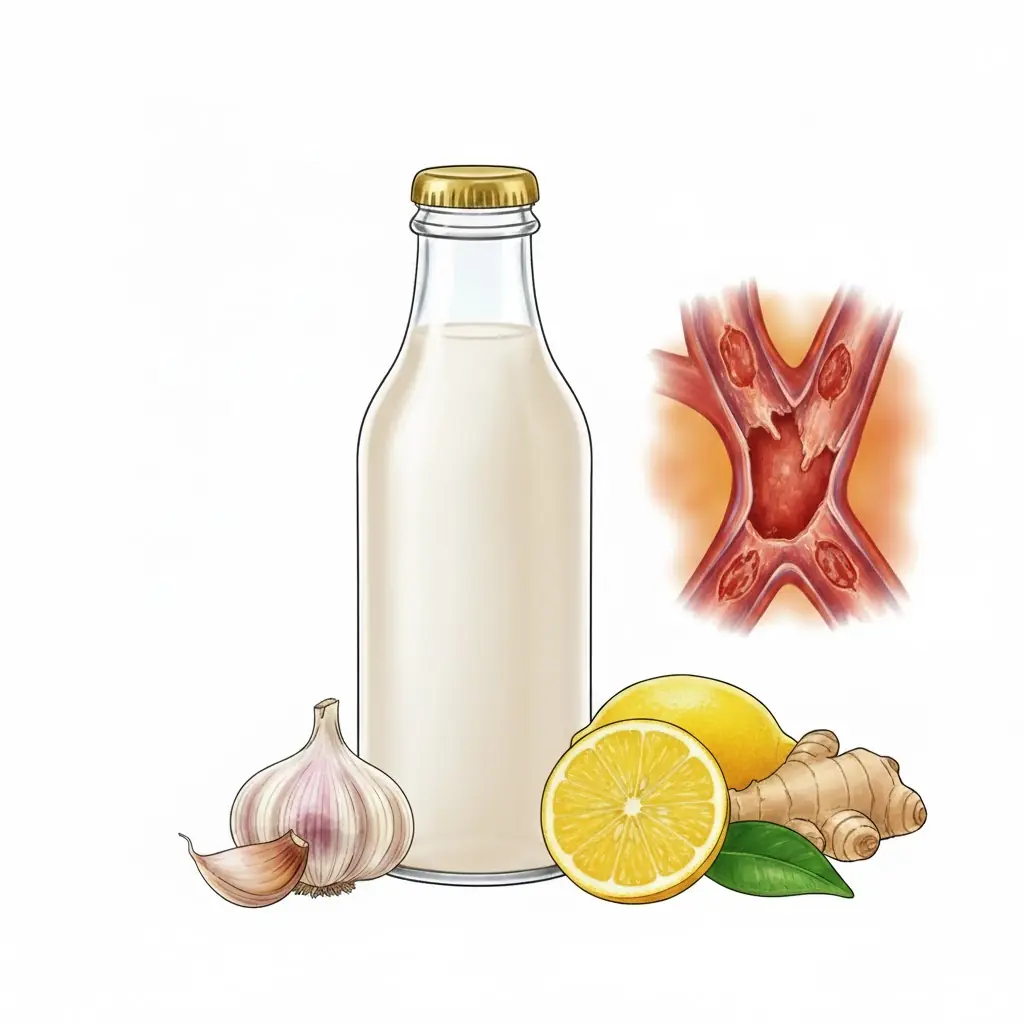
Natural Artery-Cleansing Drink: A Powerful Home Remedy for Heart Health

Why You Shouldn’t Pluck Your Nose Hairs

Proven Health Benefits of Eating Eggs Based on Evidence

5 Powerful Vitamins That Help Stop Acid Reflux Naturally

Woman Left with Swollen Lip After Centipede Bites Her in Sleep

Unlock Baking Soda’s Hidden Powers Today

20 Subtle Signs He’s Not as Good as He Seems

7 Natural Home Remedies to Whiten Your Teeth at Home
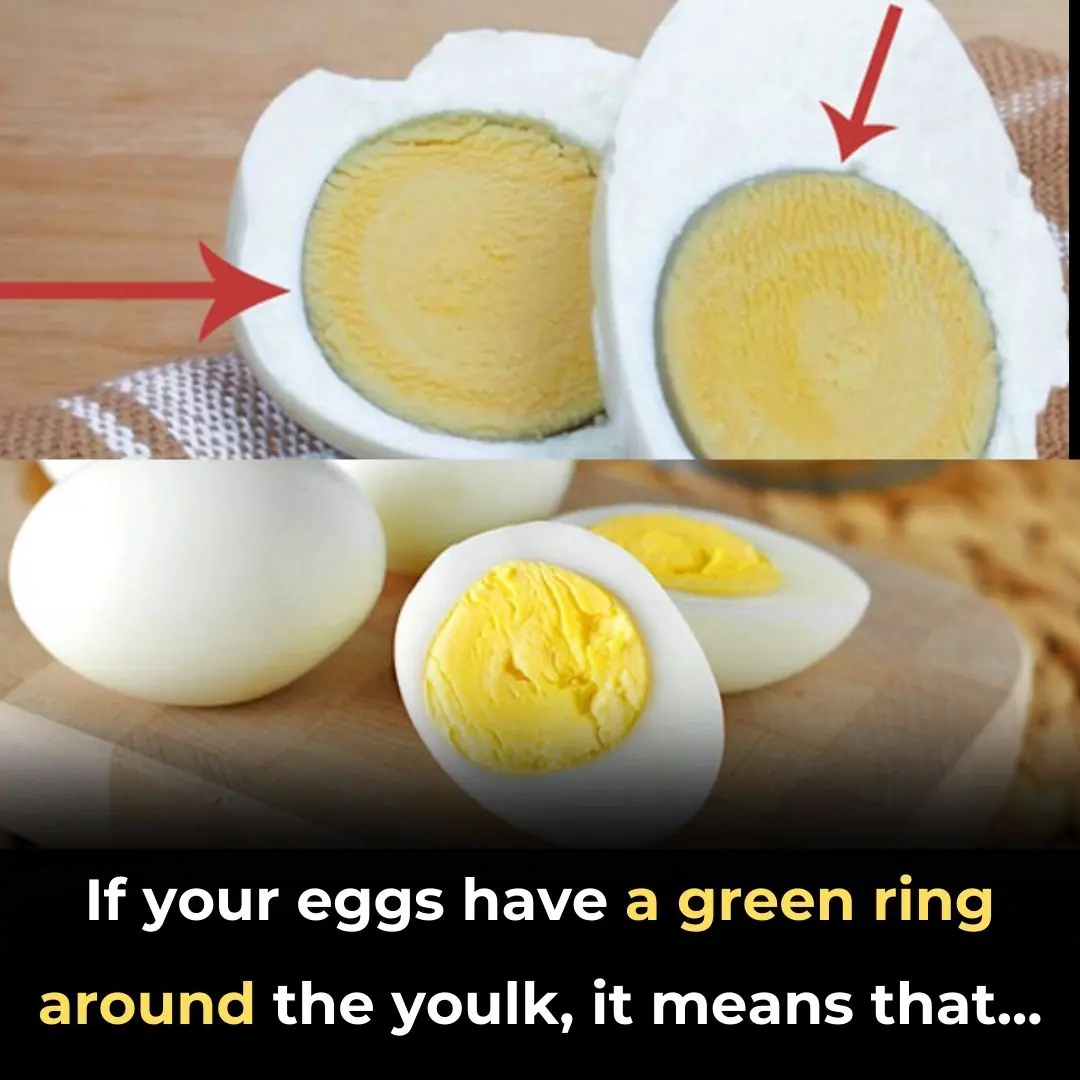
Why Your Hard-Boiled Eggs Have That Weird Green Ring
